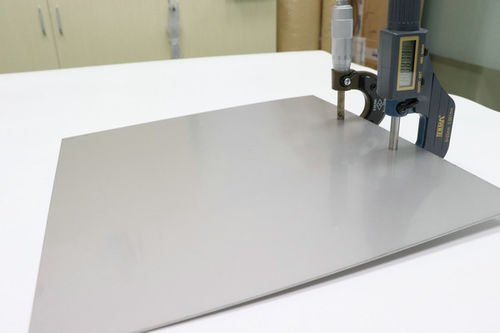
316 stainless steel sheet characteristics: Due to the addition of Mo, its corrosion resistance, atmospheric corrosion resistance and high temperature strength are particularly good, and can be used under harsh conditions; excellent work hardening (non-magnetic); excellent high-temperature strength; non-magnetic in solid solution; cold The rolled products have good gloss and beautiful appearance; compared with 304 stainless steel, the price is higher.Due to the addition of Mo element, 316 stainless steel has greatly improved its corrosion resistance and high temperature strength. The high temperature resistance can reach 1200-1300 degrees, and it can be used under harsh conditions.
316 stainless steel sheet can be used in equipment used in sea water, chemical, dye, paper, oxalic acid, fertilizer and other production equipment; photography, food industry, coastal facilities, ropes, CD rods, bolts, nuts.
what is the difference between 304 and 316 stainless steel:
The two most commonly used stainless steels 304 and 316 (or 1.4308 and 1.4408 corresponding to German/European standards). The main difference in chemical composition between 316 and 304 is that 316 contains Mo, and it is generally recognized that 316 has better corrosion resistance. , It is more corrosion resistant than 304 in high temperature environment. Therefore, in high temperature environments, engineers generally choose 316 material components. But the so-called nothing is absolute, in a concentrated sulfuric acid environment, no matter how high the temperature is, never use 316! Otherwise, this matter may be a big deal. Anyone who learns machinery has learned threads. Remember that in order to prevent the threads from being seized at high temperatures, you need to apply a dark solid lubricant: molybdenum disulfide (MoS2). From it, you can get 2 points. The conclusion is not: [1] Mo is indeed a high temperature resistant material (do you know what crucible is used to melt gold? Molybdenum crucible!). [2]: Molybdenum easily reacts with high-valent sulfide ions to form sulfides. Therefore, no stainless steel is super invincible and corrosion-resistant. After all, stainless steel is a piece of impurity (but these impurities are more resistant to corrosion than steel^^). Steel can react with other substances.








